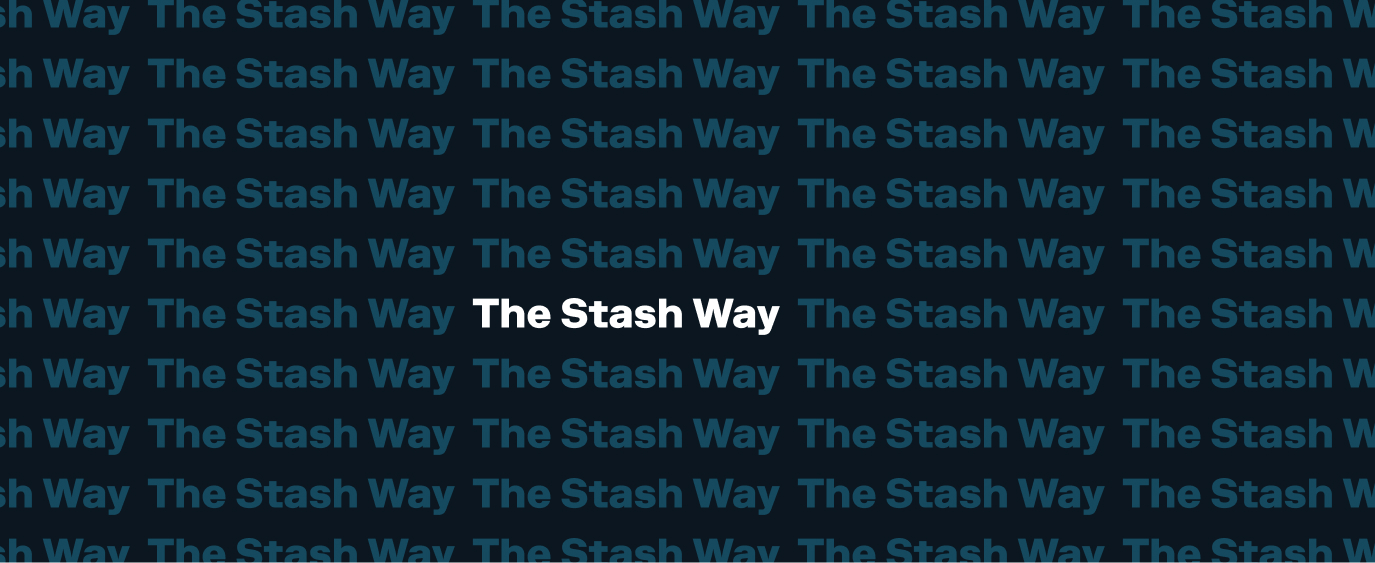What are Mergers and Acquisitions (M&As)?
Mergers & Acquisitions (M&A) occur when companies expand, combine, or break apart in order to improve their core business. There are two parties in an M&A deal:
- Acquirer: Company purchasing another company
- Acquiree: The company being purchased/acquired.
Generally speaking, the acquiree’s stock will no longer be traded, and shareholders will get either cash and/or stock in the acquiring company.
Every M&A deal varies in their terms, but there are two main types:
- All Cash: Shareholders of the acquiree receive a set amount of cash per each share owned
- All Stock: Shareholders of the acquiree get their shares converted to new shares of the acquirer
There are also other variations of M&A deals, like those that offer both cash and stocks, and more complex deals where new companies are created with their own shares.
In all M&As, your initial investment (or cost basis) for your shares of the acquiree will be spread out to the new stock(s) received. Your shares will convert, but the value of your initial investment will stay the same, so you will not experience any additional gain or loss on the investment until you sell the newly converted shares.
Note: This also means that the average price you receive on converted new shares may be different from what those shares are actually trading at on the day of conversion.
For example: You have an initial investment of $100 in company A for 10 shares total ($10/share). This is your cost basis, or the initial cost to you to own those shares.
- Company A then gets acquired by company B. The terms of the deal say each share of A converts to two shares of B. Your 10 shares of A will be removed from the platform, and you will instead see 20 shares of B in your portfolio.
- The initial investment of those new 20 shares of company B will still be $100, the cost basis or initial investment of your position in company A. The app will show those shares having an average price of $5, as the $100 cost basis divided by the 20 shares of B you now own is $100/20 = $5 per share.
This can get confusing if shares of company B are currently trading at $4 and you see your average price is $5. This is because you receive the shares at the same initial investment or cost basis that you originally invested in A with, and not the current price of company B stock.
This same principle is applied to all deals. The sum of all your new shares and/or cash received will equal your original initial investment or cost basis before the M&A occurred. For more questions about an M&A deal you were affected by, please give us a call at 800-205-5164 from 8:00 a.m.-8:00 p.m. ET Monday-Friday, or email us at support@stash.com.
In some M&A deals, shareholders of the acquired company may also receive Contingent Value Rights (CVRs). These rights entitle shareholders to future payments (in the form of cash, stock, or both) if certain payment criteria are met. Some common criteria include the company achieving specific financial milestones or regulatory approvals (making CVRs common in the biotech and pharmaceuticals industries). CVRs can either be tradable or non-tradable. Non-tradable CVRs cannot be sold and are simply held in brokerage accounts as a placeholder for future payments; whereas Stash automatically sells tradable CVRs on a customer’s behalf as the trading of rights is not supported. CVRs, like other rights positions, are not viewable in your Stash account, but can be viewed on monthly account statements.
Related questions View all Tips & Guidance
-
Q. T+1 FAQs
To align with the rest of the financial services industry, we are making changes to the timing of when trades will settle that will go into effect on May 28, 2024. This will mean that trades will start settling in one day instead of two.…
-
Q. StashWorks Employee FAQs
Why should I enroll in StashWorks? Stash makes saving money easy, fun and rewarding for millions of customers. On StashWorks, you can automatically put money into a saving solution, instantly access your funds in case of an emergency, and take unlimited advantage of a wealth of financial content and guidance to build confidence and good habits along the way.…
-
Q. StashWorks Contribution Streaks
Looking to take control of your finances? As a StashWorks customer, you can earn up to $55 by setting up payroll contributions into your Stash account. To get started, set up a direct deposit from the employer who sponsors your StashWorks subscription to your Stash banking account,…
Didn’t find your question?
Tell us what you’re looking for, and we’ll search for resources that could help.
Ask your question

